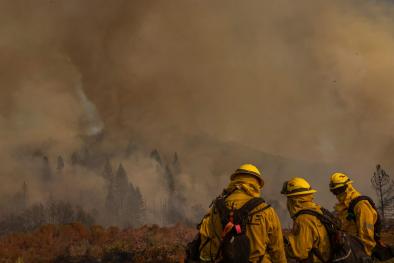Science Source
Increasing heat-stress inequality in a warming climate
Study key findings & significance
- The study provides evidence of historical heat-stress inequality across the globe.
- Heatwave exposure has disproportionately increased in the lowest-income regions globally compared to the highest-income regions over the past four decades.
- Lagged adaptation in the lower-income region translates to escalating heatwave exposure and increased heat-stress inequality.
- The lowest-income quarter of the population will see almost as much exposure to heatwaves as the rest of the population combined over 2090-99.
Related Content
Headline

Feb 7, 2024 | Climate Nexus Hot News
Heat And Smoke Are Worse Together Than Apart
Science Source
| Science Advances
Unprecedented climate events: Historical changes, aspirational targets, and national commitments
Noah S. Diffenbaugh, Deepti Singh, and Justin S. Mankin
Science Source
| American Meteorological Society
Sixfold Increase in Historical Northern Hemisphere Concurrent Large Heatwaves Driven by Warming and Changing Atmospheric Circulations
Cassandra D. W. Rogers , Kai Kornhuber , Sarah E. Perkins-Kirkpatrick et al
Science Source
| American Meteorological Society
Diverse Characteristics of U.S. Summer Heat Waves
Bradfield Lyon and Anthony G. Barnston


